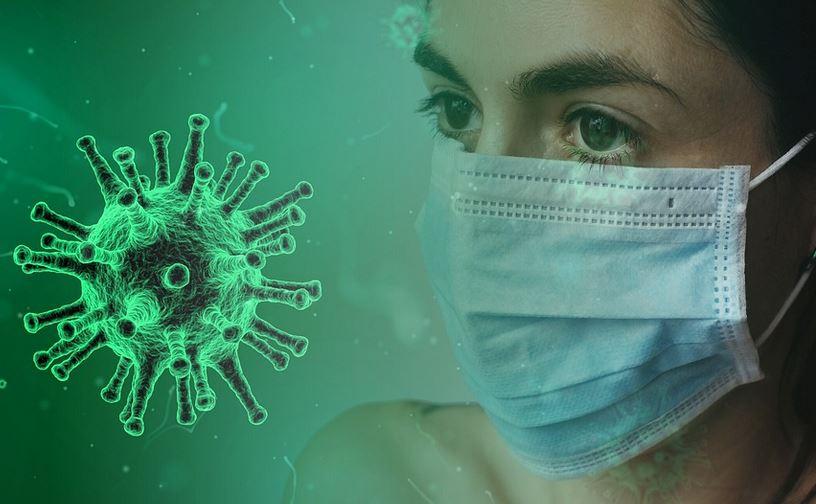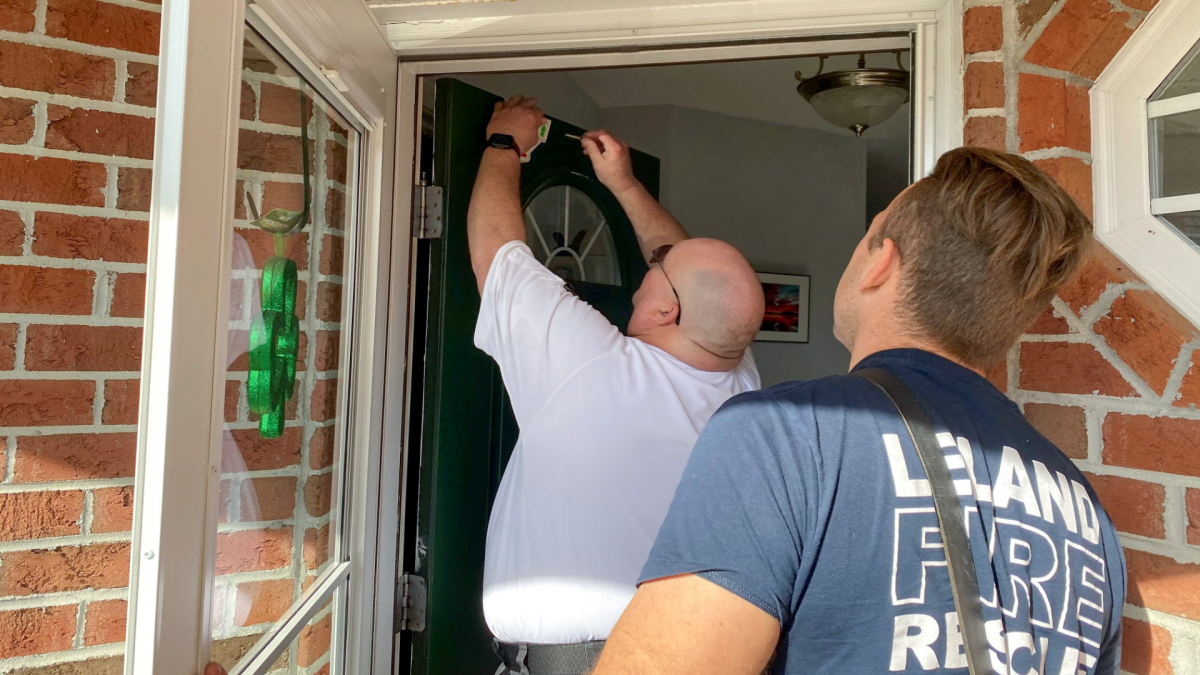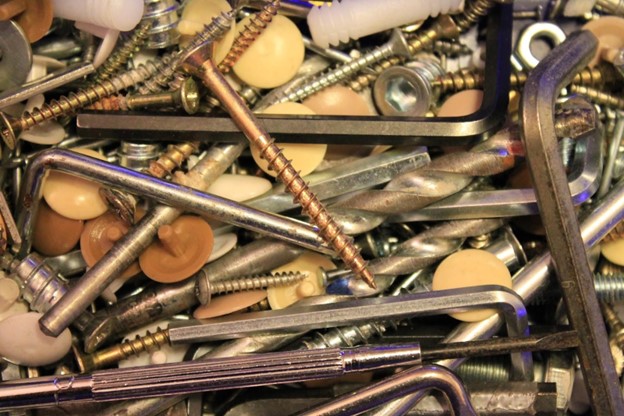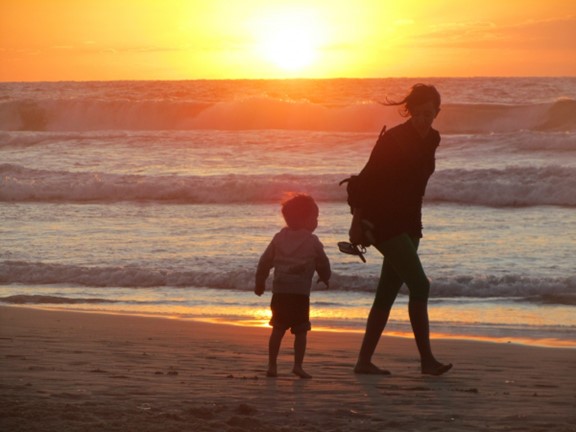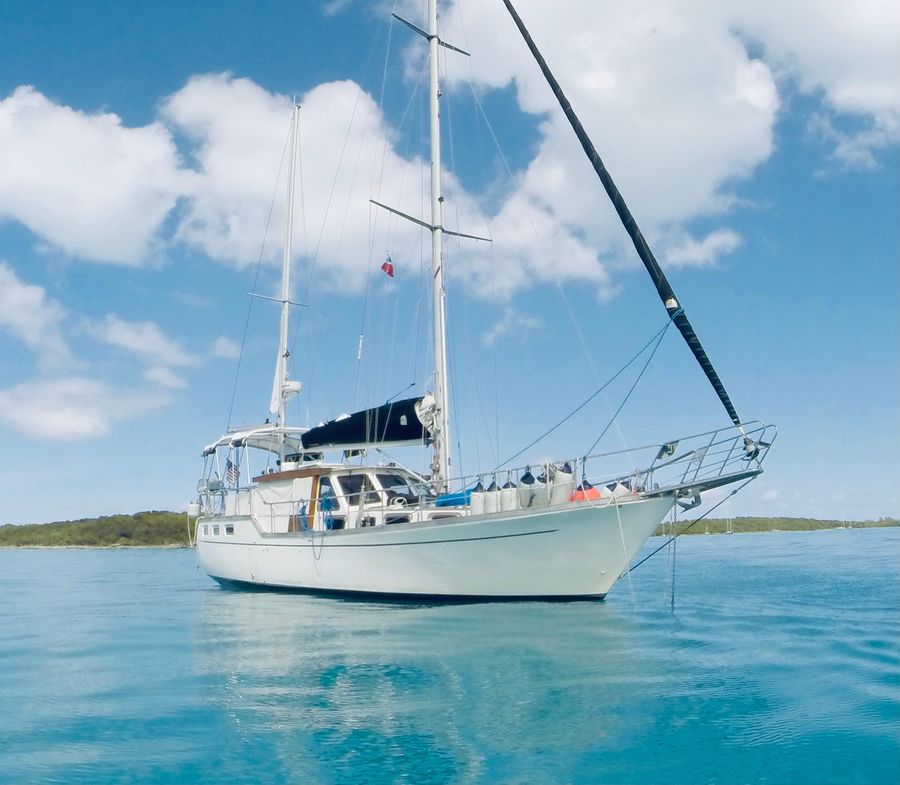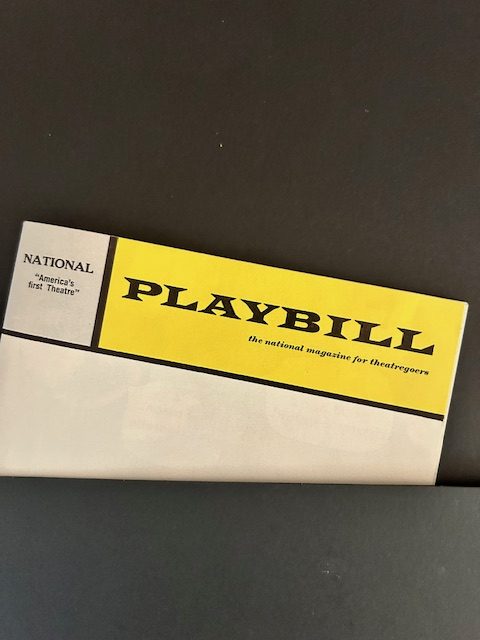“I graduated from Boston University School of Nursing with my BSN in May 1985. In September, I began working at Boston City Hospital on an adult medical floor. In 1987, I transferred to the Pediatric Unit. A year later, I transferred to the Pediatric Intensive Care Unit (PICU). Since then, I worked between the PICU and the Pediatric Unit. In 1996, Boston City Hospital merged with University Hospital, where I served for 35 years – 33 years only with children.
In January 2020, after the SARS-COV-19 virus from China had made its way to the US, doctors and nurses in my unit began reading any literature from countries that had already been dealing with it – mainly China, Italy, and France. By March, it was clear that primarily adults were being hospitalized with COVID-19 and that when the surge hit, we would need more beds than we had.
Hospital administrators decided to transfer all pediatric patients to Boston Children’s Hospital. University Hospital’s pediatric unit was converted into an adult COVID unit. Statewide it was the same. Our 24-bed Pediatric Unit began caring for COVID patients 40 years old and younger. Later, we would be caring for patients up to 90 years old.
PICU nurses were reassigned three times in two weeks. Initially, half went to the Pediatric Emergency Room (which stayed open but saw a smaller volume) and half to the mother/baby unit. Then, we were reassigned to the converted Pediatric Unit to care for adult COVID patients. After the adult ICUs were overwhelmed with critically ill patients, we were divided between the SICU (Surgical Intensive Care Unit) and the MICUs (Medical Intensive Care Units). All ICUs were filled with COVID patients.
The SICU where I worked had the occasional trauma patient. Some COVID patients required two ICU nurses. When you needed to ‘prone’ a patient, it took five people in the room at once. ‘Proning’ was done as a last resort when we could not get a patient’s oxygenation to an acceptable level using all other measures.
PICU nurses assisted other nurses as medications were needed in addition to suctioning or other jobs that a Certified Nursing Assistant could not perform. When a nurse was in a room in full Personal Protective Equipment (PPE), it was more cost-effective for them to ask others to bring things in rather than changing in and out of PPE, which was at a premium.
I was lucky that my hospital never ran out of PPE. Although I was nervous about catching the virus, I believed my PPE provided sufficient protection against the virus. Service time spent this way was emotionally draining. After working as a highly skilled pediatric nurse for decades, I felt only adequate as an adult nurse. Adults and children have much different underlying conditions using different medications. I felt out of my element.
I was out of my comfort zone in other ways also. As a stranger in a unit working with people who didn’t know my skills and being unfamiliar with the location of needed items made service awkward. I was not alone. Others dealt with this same awkwardness while trying to cope with a virus in which treatments were constantly changing. We would explain things to patients that we often learned from reading only an hour before.
I had a patient who was a traveling nurse say, “Please don’t let me die.” I brought another COVID patient, who had just undergone an emergency C-section, pictures of her baby so that she could see her child before we sedated her. I saw families say their final “I love you” on an IPad. I said prayers for more people than I care to remember as I wrapped them for the morgue. Going home, I listened to politicians in Washington and others claim we were exaggerating the numbers – that it was all a political ploy. It was hurtful and dismissive of the heartache we all suffered.
When the second surge hit, the Pediatrics Unit was cut to 12 from 24 beds. The other half still housed COVID adults; the PICU continued with four beds. We treated many 20-year-olds with COVID, a 6-year-old, and a 3-year-old. The Pediatric Unit treated infants with COVID. In addition to my 36 hours per week in the PICU, I picked up 10-12 hours a week in the vaccine clinic, inoculating people with the COVID vaccine.” (To be continued)

